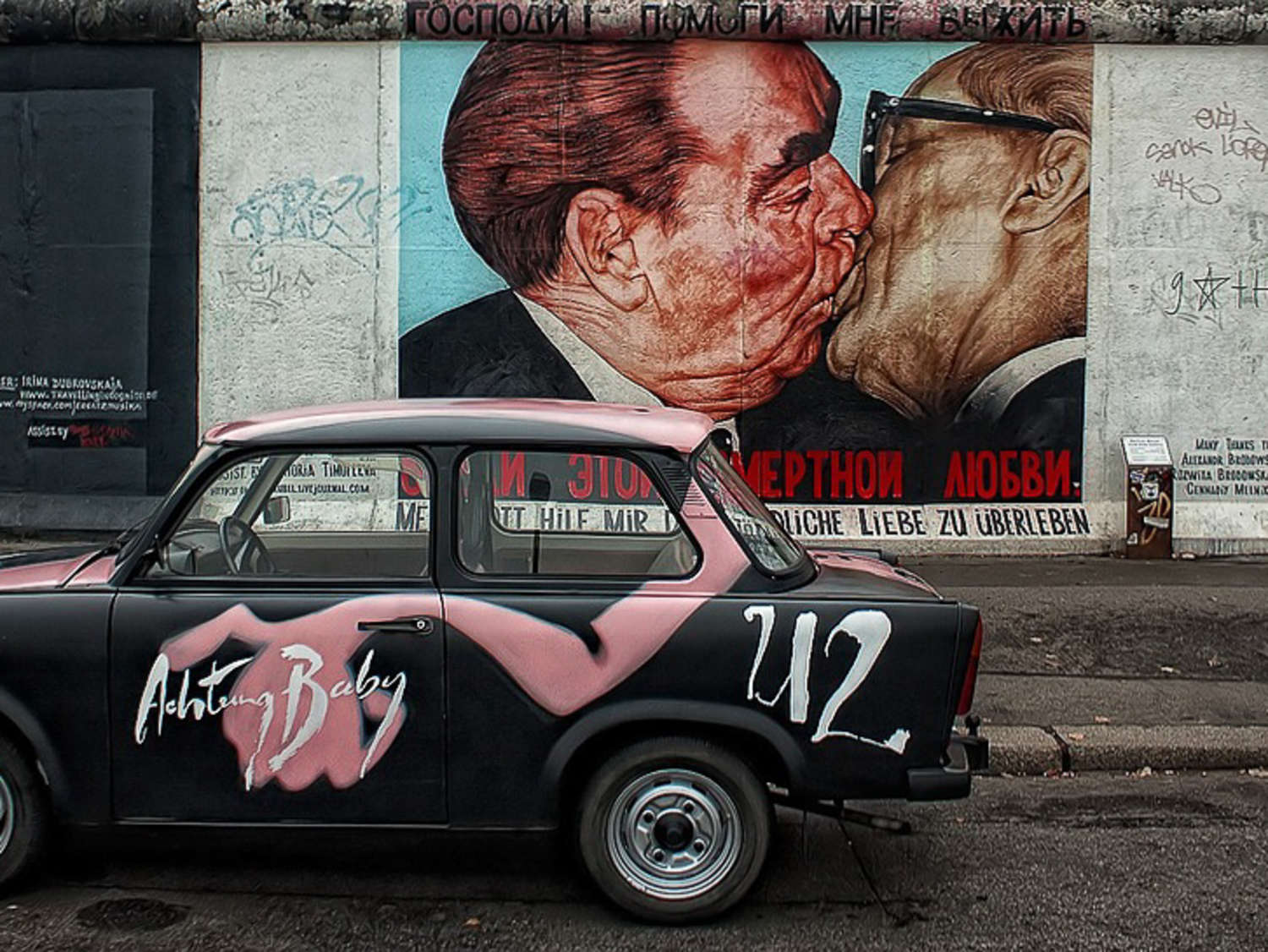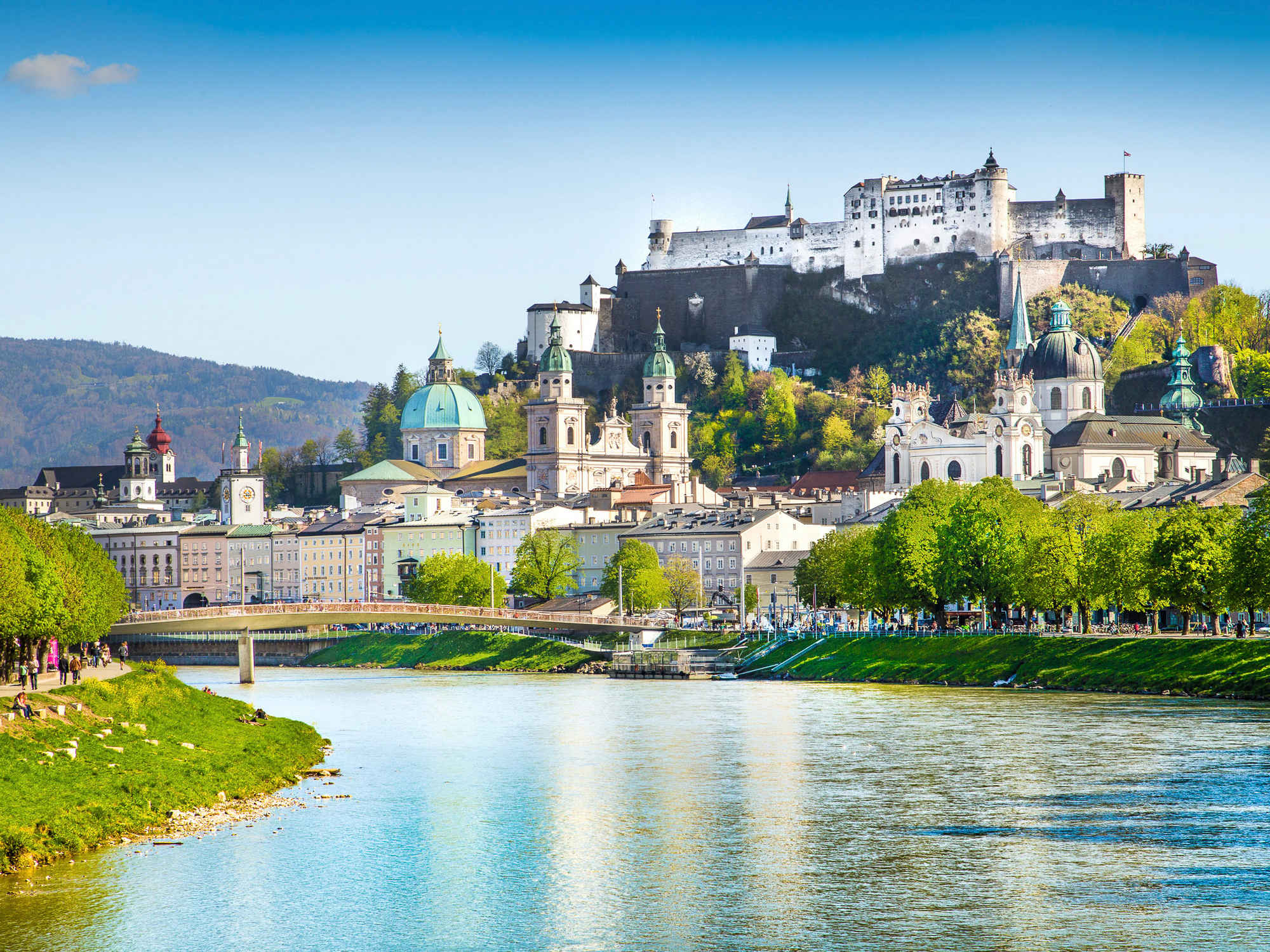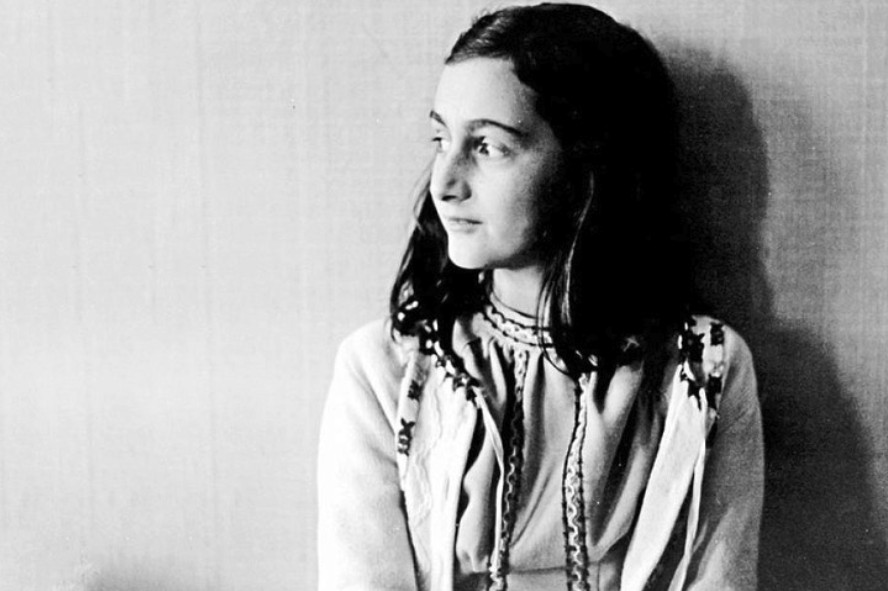Located in the heart of Berlin stands the Berlin Wall Memorial, a solemn tribute to the physical and ideological division of Berlin and the struggle for freedom during the Cold War era. From 1961 to 1989, the wall split the city of Berlin.
Today, the wall is a historic monument that attracts visitors every year who are interested in seeing a critical piece of world history in person. Our Berlin Wall Tour gives you the opportunity to walk the wall and learn from an expert historian about the Wall’s historical and cultural significance.
What Was the Purpose of the Berlin Wall?
The German Democratic Republic (East Germany) constructed the wall to separate East Berlin, which was under Soviet control, from West Berlin, which was controlled by the Allied Powers (United Kingdom, United States, and France). The wall embodies the political tensions of the Cold War and the fractures between Western powers and the Soviet Union.
The Berlin Wall became a powerful symbol of the division between the communist Eastern Bloc and the capitalist Western Bloc. It was also a tangible representation of the restrictions on personal freedoms imposed by the Eastern Bloc regimes. Crossing the wall was strictly controlled, and numerous escape attempts were made, some resulting in tragic consequences.
Where is the Berlin Wall Memorial Located?
The Berlin Wall Memorial, also known as the Gedenkstätte Berliner Mauer in German, is located in the central district of Berlin, Germany. It is situated along Bernauer Straße, which was one of the streets divided by the Berlin Wall. The memorial stretches for approximately 0.9 miles and encompasses several sections of the original wall, including a preserved section with the "death strip" and watchtower. The “death strip” refers to an area of the wall that was heavily surveilled and guarded, as guards were instructed to shoot anyone attempting to escape.
The Berlin Wall Memorial serves as a place of remembrance, offering visitors insights into the history of the wall and the division of Berlin. It includes an outdoor exhibition with informational panels, photographs, and artifacts, as well as a visitor center that provides further historical context. The memorial also features a Chapel of Reconciliation, a documentation center, and a viewing platform where visitors can observe the preserved elements of the wall.
It is easily accessible by public transportation, such as the U-Bahn (subway) or S-Bahn (urban train), and there are also parking facilities nearby for those traveling by car.
Experience the Berlin Wall with Context
Because the wall has such a nuanced, in-depth history, one of the most meaningful ways to see it is on a guided tour of the Berlin Wall.
Led by an expert in 20th-century history, the Context Travel three-hour Berlin Wall tour traces the footprint of the wall through the city’s center, examining the intricate forces that shaped Berlin's history. You will investigate the meaning behind the Wall's construction, the realities of life in a divided city, and the dramatic events surrounding its fall.
You will experience many memorial sites on the tour, including the “ghost stations” exhibit at Nordbahnhof. Depending on the day and the guide, your walk often ends at the Brandenburg Gate or Potsdamer Platz. While the physical barriers of the Berlin Wall have mostly vanished, the ripple effect of its rise and fall still affects Germany today. This thought-provoking and insightful tour will equip you with a much deeper understanding of the Wall’s political and social implications.
What to Do at the Berlin Wall Memorial
When visiting the Berlin Wall Memorial, there are several things you can do to make the most of your experience:
- Explore the Outdoor Exhibition: Begin by walking along the outdoor exhibition that runs along Bernauer Straße. It features informative panels, photographs, and displays that provide historical context and personal stories related to the wall and its impact on the city and its inhabitants.
- Visit the Documentation Center: Inside the visitor center, you'll find a comprehensive documentation center that delves deeper into the history and significance of the Berlin Wall. It offers a range of exhibits, multimedia presentations, and artifacts that provide a deeper understanding of the division of Berlin and the experiences of those affected by it.
- Observe the Preserved Wall Sections: The memorial includes several preserved sections of the original Berlin Wall. Take the time to walk along these sections, which give you a tangible sense of the height and structure of the Wall.
- Reflect at the Chapel of Reconciliation: The Chapel of Reconciliation is a symbolic space located within the memorial. It stands on the site of the original Church of Reconciliation, which was demolished during the wall's construction. The chapel serves as a place for quiet reflection and contemplation.
- Visit the Visitor Center and Bookshop: The memorial's visitor center offers additional resources, books, and materials related to the Berlin Wall and its history. Take some time to browse through the selection and learn more about the topic.
As you explore the memorial, take a moment to pay your respects to those who suffered and lost their lives during the division. The Berlin Wall Memorial serves as a reminder of the hardships endured and the eventual triumph of the reunification of Germany.
What Not to Do at the Berlin Wall Memorial
The Berlin Wall Memorial is a somber place of reflection and respect. It is a contemplative space for visitors to reflect on the historical events that took place, so avoid disruptive behavior, excessive noise, or any actions that may disturb the peaceful atmosphere of the memorial.
Show respect for the memorial and its significance by refraining from any inappropriate or disrespectful behavior. This includes avoiding any offensive language, gestures, or actions that may disrespect the memory of those who suffered during the division.
Visitors often leave flowers, notes, or other commemorative items as a sign of respect. It is essential not to remove or disturb these offerings. They are meaningful expressions of remembrance and should be left untouched.
Understanding the Berlin Wall Memorial
The Berlin Wall served as a physical manifestation of the ideological division between the communist Eastern Bloc and the capitalist Western Bloc during the Cold War. The wall allowed the East German government to exert greater control over its population by restricting movement and preventing access to information from the West.
It reinforced the authority of the ruling party and minimized the influence of Western ideas and values on the population. The East German government feared that exposure to the more prosperous and politically free West Germany could undermine the socialist ideology and provoke dissent among its citizens.
In 1989, a series of political changes in Eastern Europe led to a wave of protests and demands for greater freedom. The East German government eventually yielded to public pressure, and on November 9, 1989, they announced that citizens of East Germany could cross the border freely. Thousands of people gathered at the wall, and with the support of border guards, the barrier was breached. This event marked the beginning of the end of the Berlin Wall.
Over the following months, the wall was gradually dismantled, and Germany was reunified on October 3, 1990, signaling the end of the Cold War era. The fall of the Berlin Wall is considered a significant event in world history, symbolizing the reunification of Germany and the collapse of the Soviet Union's influence in Eastern Europe.
The Berlin Wall was often covered in graffiti and murals created by various artists and individuals over the years. These artworks featured a wide range of subjects, including political figures, symbols, slogans, and expressions of freedom and unity. Some of the figures depicted on the wall include Erich Honecker, Ronald Reagan, Mikhail Gorbachev, John F. Kennedy, and Che Guevara. Additional artwork pays tribute to those who lost their lives attempting to cross the wall in the pursuit of freedom.
Surprising Facts about the Berlin Wall
It’s incredible to think that the fall of the Berlin Wall took place in such recent history. While many historic artifacts and monuments are hundreds of years old, the Berlin Wall, and the ramifications that came with it, occurred within decades rather than centuries.
Here are some unique facts about the Berlin Wall:
- A "Wall Woodpecker" phenomenon emerged where people would use hammers and chisels to create holes in the Wall to facilitate escape attempts or simply as an act of defiance.
- When the Wall fell, people on both sides came together to celebrate and help dismantle it, resulting in a frenzy of chipping off pieces as souvenirs.
- The East German government went to great lengths to prevent its citizens from accessing Western media. They even installed an extensive surveillance system, known as the Stasi, to monitor and suppress dissent.
- Following the fall of the Berlin Wall, fragments of the Wall were distributed around the world as symbols of freedom and unity.
Today, pieces of the Wall can be found in various cities, including New York, London, and Seoul, serving as vital reminders of the Wall's historical significance.
Visit the Berlin Wall Memorial
The Berlin Wall Memorial serves as a poignant reminder of the hardships faced by Berliners during the Cold War. By visiting this historic site, visitors gain a deeper understanding of the city's tumultuous past and the resilience of its people.
Learn more about Context’s Berlin Wall Tour or our other Berlin Guided Tours, all designed to be engaging and educational and empower travelers with a more profound sense of history, culture, and Berlin’s continued impact on our world today.













